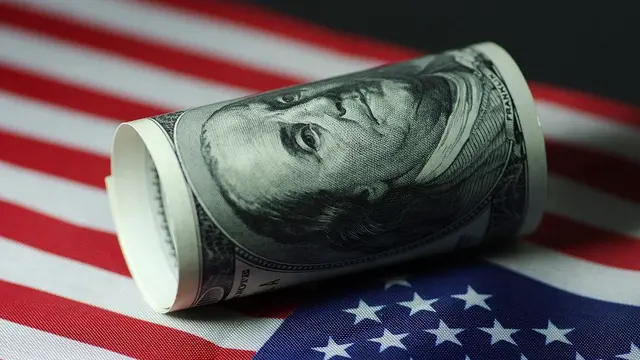U.S. personal income fell for the first time in more than three years in January and consumer spending dropped by the most since 2009 in December, putting the economy on a weak growth path early in the first quarter.
The economic outlook was also darkened by other data on Friday showing factory activity hit a more than two-year low in February, with manufacturers reporting slowing new orders and hiring. The reports extended the run of soft data on an economy that lost momentum at the tail end of 2018 and gave more credence to the Federal Reserve's patient stance towards raising interest rates further this year.
The economy is losing speed as the stimulus from 1.5 trillion U.S. dollars tax cut package and increased government spending fades. A trade war between the United States and China, higher interest rates, softening global growth and uncertainty over Britain's exit from the European Union are clouding the outlook.
A modest slowdown remains the most likely path for 2019, said Eric Winograd, senior U.S. economist at AllianceBernstein in New York. We shouldn't expect any action from the Fed into at least the second half of the year.
The Commerce Department said personal income slipped 0.1 percent in January, the first decline since November 2015, after jumping 1.0 percent in December. Income was weighed down by decreases in dividend, farm proprietors' and interest income.
Income was boosted in December by a one-time special dividend by information technology firm VMware Inc as well as government payments to farmers caught up in the U.S.-China trade war.
Wages increased by a moderate 0.3 percent in January after rising 0.5 percent in December. Economists polled by Reuters had forecast incomes rising 0.3 percent in January.
The Commerce Department did not publish the January consumer spending portion of the report as the collection and processing of retail sales data was delayed by a 35-day partial shutdown of the government that ended on January 25.
It reported that consumer spending, which accounts for more than two-thirds of U.S. economic activity, dropped 0.5 percent in December. That was the biggest decline since September 2009 and followed a 0.6 percent increase in November.
Households cut back on purchases of motor vehicles and recreational goods in December, leading to a 1.9 percent plunge in spending on goods. Spending on goods increased 1.0 percent in November. Outlays on services edged up 0.1 percent, held back by a decline in spending on household electricity and gas. Spending on services advanced 0.4 percent in November.
When adjusted for inflation, consumer spending fell 0.6 percent in December, also the largest drop since September 2009, after rising 0.5 percent in November.
The economy grew at a 2.6 percent rate in the October-December quarter after notching a 3.4 percent pace in the third quarter.
(REUTERS)
 简体中文
简体中文

